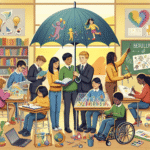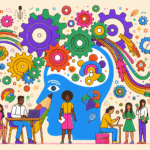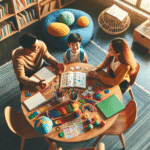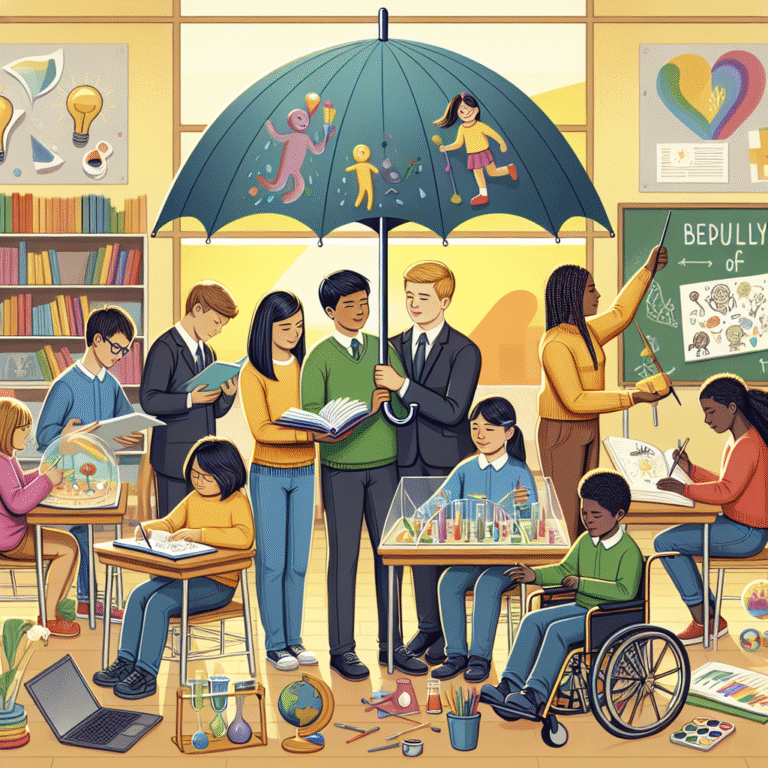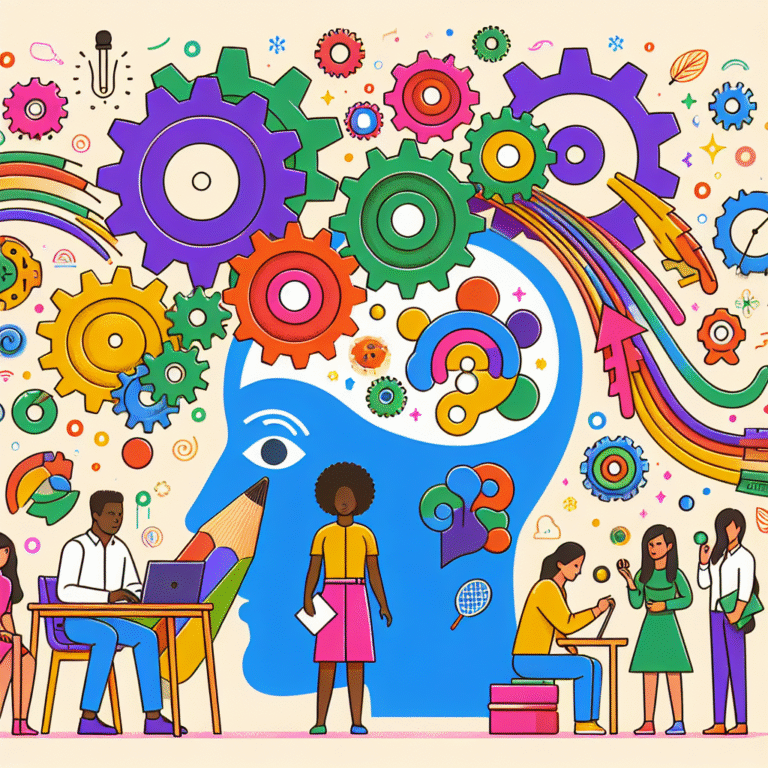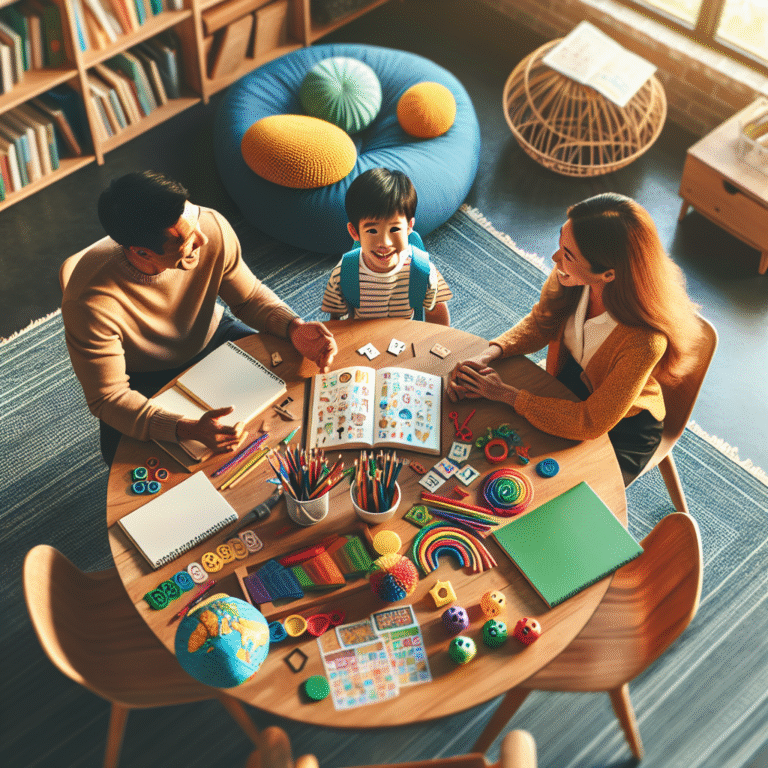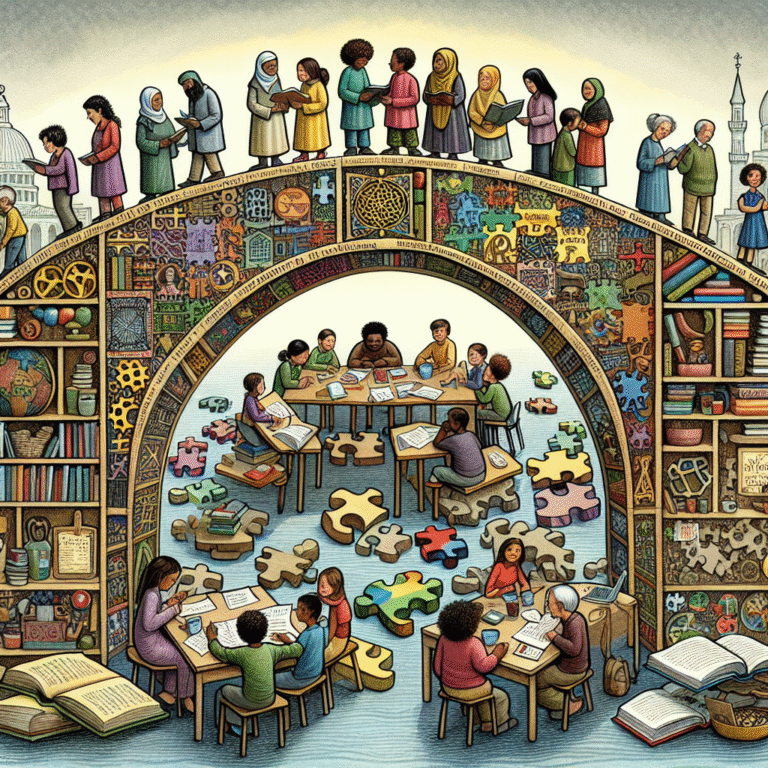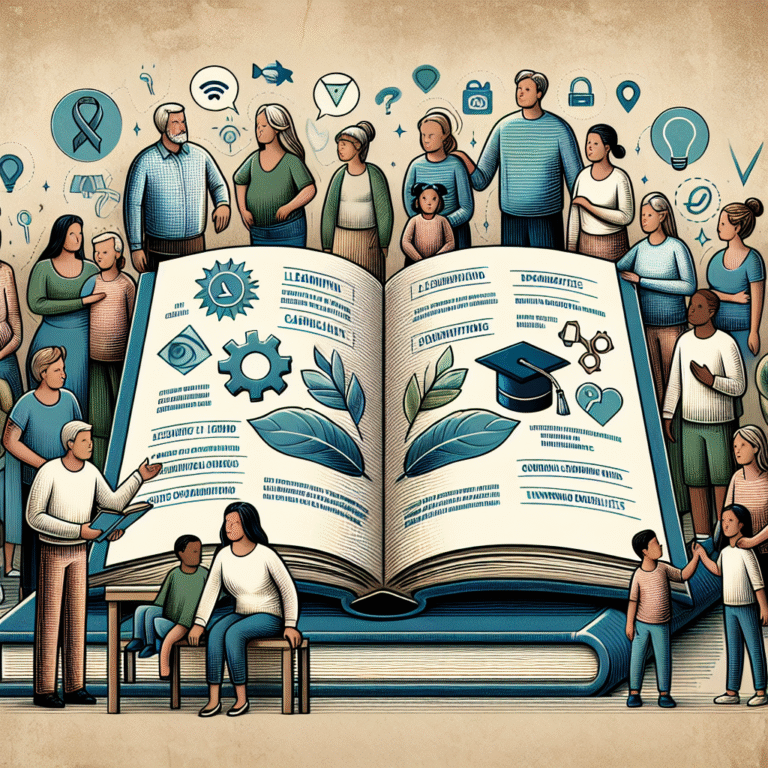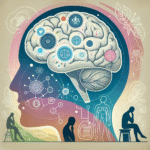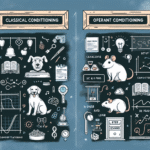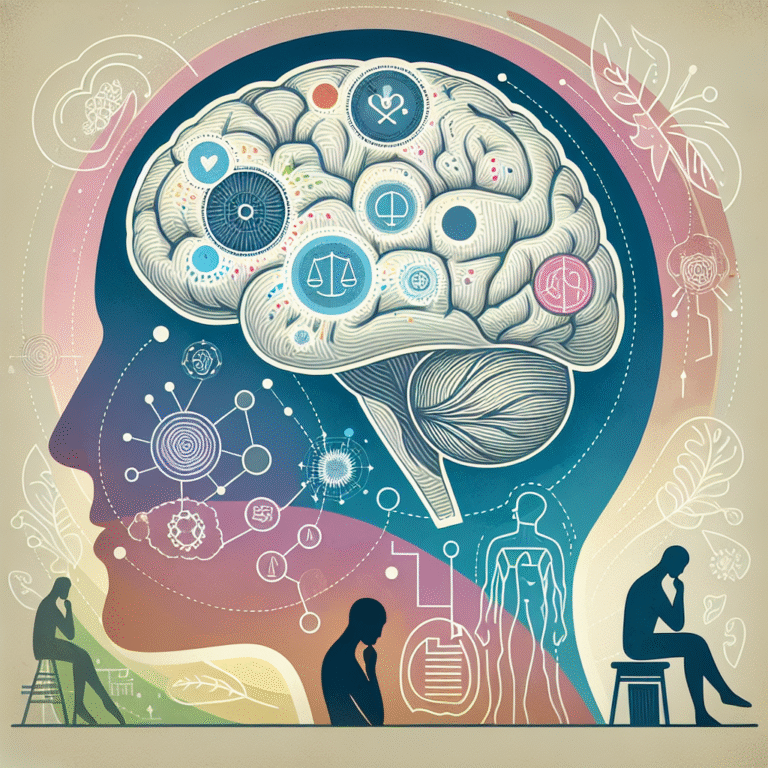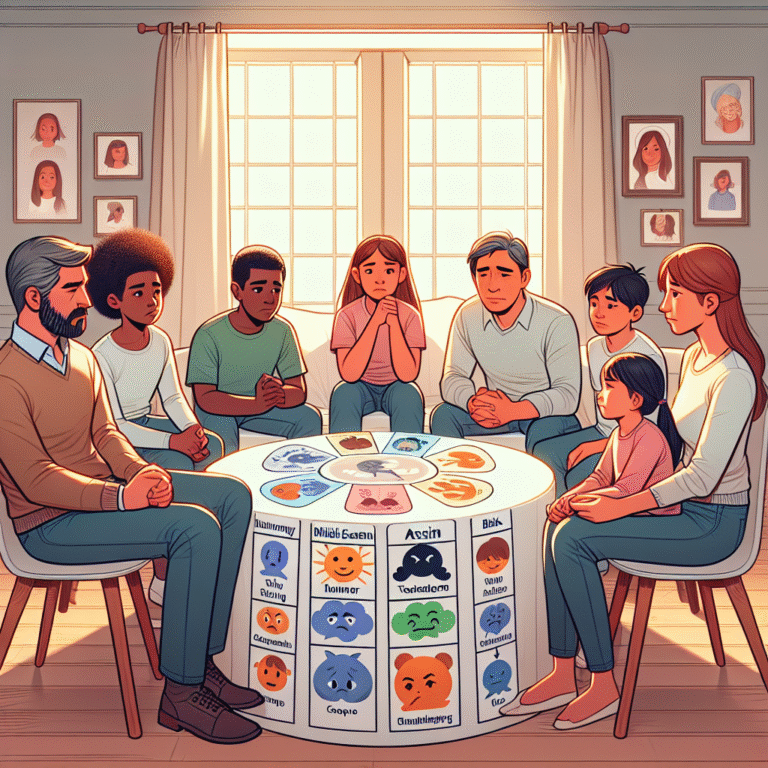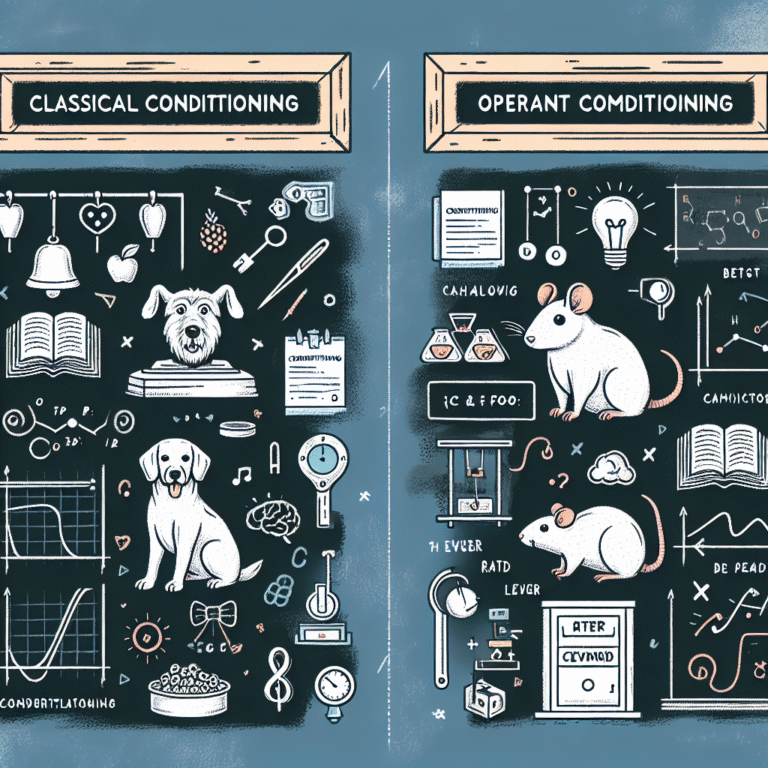
Brighter Futures: How to Help Kids with Learning Disabilities Shine with Self-Esteem
Introduction
Imagine a world where every child, regardless of their learning challenges, feels empowered, confident, and capable of achieving their dreams. The journey may be laden with obstacles, but the power to foster self-esteem in kids with learning disabilities is within our grasp. As educators, parents, and caregivers, we have the ability to create brighter futures for these children by helping them to shine not just academically, but also emotionally and socially. This article delves into actionable strategies, inspiring case studies, and valuable insights designed to equip you with the tools necessary to support kids with learning disabilities in cultivating self-esteem.
Understanding Learning Disabilities and Their Impact
What Are Learning Disabilities?
Learning disabilities refer to various disorders that affect how individuals process information, leading to challenges in areas such as reading, writing, math, and reasoning. According to the National Center for Learning Disabilities, about 1 in 5 children in the U.S. has a learning disability, which often coexists with low self-esteem and negative self-image.
The Importance of Self-Esteem
Self-esteem is a critical component of success. For children with learning disabilities, low self-esteem can lead to feelings of inadequacy, anxiety, and even depression. High self-esteem, on the other hand, sets the stage for resilience and adaptability. Fostering a strong sense of self-worth can empower these children to tackle challenges head-on, paving the way for a brighter future.
Building a Supportive Environment
1. Foster Open Communication
Open lines of communication are vital. By encouraging dialogue about learning difficulties, you ensure that children feel heard and validated. This approach can involve:
- Regular Check-ins: Ask your child how they feel about their learning and if they’re facing any challenges.
- Active Listening: Show empathy and understanding. Acknowledge their feelings without judgment.
Case Study: The Power of Communication
Sarah, a 10-year-old with dyslexia, often felt frustrated with reading assignments. After her teacher initiated weekly one-on-one discussions, Sarah began sharing her feelings openly. This dialogue led to the teacher tailoring her reading assignments, ultimately boosting Sarah’s confidence and enthusiasm for reading.
2. Celebrate Small Achievements
Recognizing small victories helps build momentum. Celebrate progress, no matter how minor it may seem, such as completing a homework assignment or mastering a specific skill.
| Achievement Milestones | Celebration Ideas |
|---|---|
| Completing a project | Stickers or small treats |
| Mastering a difficult concept | Praise and encouragement |
Tailored Learning Approaches
3. Utilize Individualized Education Plans (IEPs)
Individualized Education Plans ensure that teaching strategies address the unique learning needs of each child.
Case Study: IEP in Action
Jake, diagnosed with ADHD, had an IEP that included accommodations such as extended time on tests and the use of fidget tools. With these adjustments, his academic performance improved, as did his self-esteem, allowing him to participate more actively in the classroom.
4. Encourage Creative Learning Techniques
Incorporate arts, music, and hands-on activities to make learning engaging. Creative methods foster joy in learning, which can significantly enhance self-esteem.
- Art Projects: Integrate subjects like math through art.
- Music and Movement: Use rhythm and songs for memorization.
5. Promote Collaborative Learning
Group activities can build social skills and provide support systems among peers. These environments foster teamwork, communication, and problem-solving abilities.
Case Study: The Power of Teamwork
A collaborative project in a science class allowed a group of students, including children with learning disabilities, to work together. The experience not only helped them learn from each other but also strengthened bonds, enhancing self-esteem across the board.
Encouragement and Positive Reinforcement
6. Utilize Positive Reinforcement
Positive reinforcement can be a powerful tool. Recognizing effort—rather than just success—helps instill a sense of pride and motivation.
Practical Tips for Positive Reinforcement:
- Verbal Praise: A simple "I’m proud of you" can resonate deeply.
- Reward Systems: Setting up a chart with rewards can encourage continuous effort.
7. Model Confidence
Children often mirror the attitudes of adults in their lives. Model confidence and self-acceptance to instill these values in them.
Case Study: An Inspirational Parent
Ella, a parent of a child with autism, showcased confidence by speaking openly about her child’s strengths and challenges. This modeling of positivity helped her child develop a more robust self-image.
Encouraging Social Skills
8. Social Skills Development Programs
Participate in programs focused on social skills. Engaging in role-playing scenarios or social stories can improve interaction abilities, allowing children to navigate their social environments with ease.
9. Facilitate Peer Relationships
Encourage friendships by facilitating playdates or group activities.
Case Study: Friendship Building
Tommy, who struggled with social skills due to his learning disability, flourished when introduced to a buddy system in his school. His friend helped him engage during recess, leading to increased peer interactions and a boost in self-worth.
Teaching Resilience and Coping Strategies
10. Foster a Growth Mindset
Teach kids to view challenges as opportunities for growth. Praise their dedication rather than innate ability.
| Growth Mindset Techniques | Examples |
|---|---|
| Emphasizing effort | "You worked so hard on that!" |
| Encouraging perseverance | "It’s okay to make mistakes; it helps you learn!" |
11. Coping Strategies for Anxiety
Equip children with techniques to manage anxiety and stress. Deep breathing exercises, journaling, or mindfulness practices can prove beneficial.
Collaborating with Professionals
12. Engage with Therapists and Educators
Seek out specialists who can offer curriculum modifications, therapeutic support, or additional strategies tailored to the child’s needs.
Tracking Progress and Adjusting Approaches
13. Consistent Monitoring
Regularly assess the child’s progress to see what’s working and what’s not. Adjust strategies based on their evolving needs.
Conclusion
In the quest for brighter futures, the tools to help kids with learning disabilities shine with self-esteem are plentiful. By fostering open communication, celebrating progress, adopting tailored learning approaches, and building resilience, we empower these children to face their challenges with confidence. Every small step taken can lead to monumental achievements. Remember, the journey to self-esteem and confidence is not a sprint but a marathon—one that we, as supporters, can navigate with empathy and dedication.
FAQs
1. How can I help my child understand their learning disability?
Discuss their learning disability openly and in a manner that is age-appropriate. Use relatable language and focus on strengths and strategies to cope with challenges.
2. What are some signs of low self-esteem in children with learning disabilities?
Signs may include negative self-talk, withdrawal from activities, excessive need for approval, and reluctance to try new things.
3. How can I identify suitable resources for my child?
Start by consulting educators, school counselors, and reputable nonprofit organizations focused on learning disabilities. They can provide relevant resources and connections.
4. Can a child’s self-esteem improve later in life?
Absolutely! With the right support and strategies, children can learn resilience and a positive self-image at any age.
5. What are some positive reinforcement strategies that work?
Some effective strategies include verbal praise, reward charts, and small incentives like stickers or privileges that acknowledge their efforts and achievements.
By implementing these strategies, you are actively participating in the development of a confident generation. Together, we can help them navigate their unique paths and build a future filled with potential and fulfillment.
